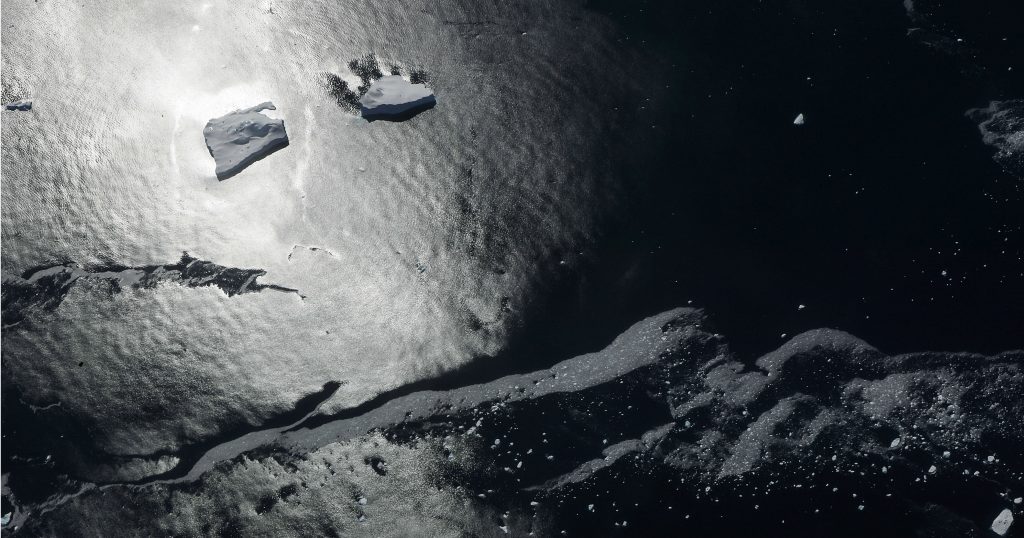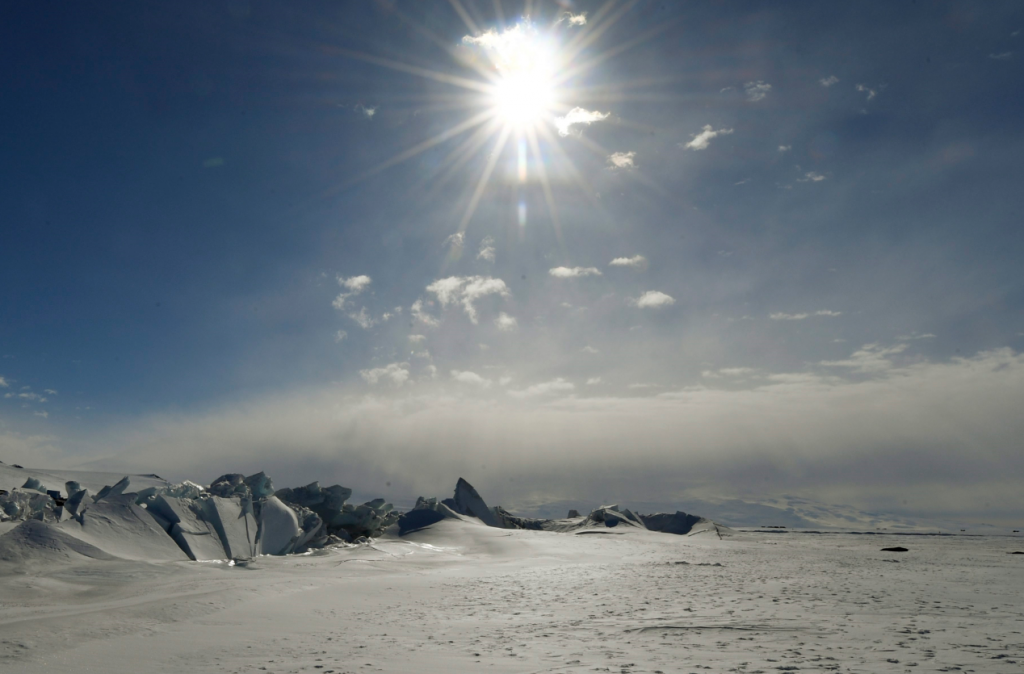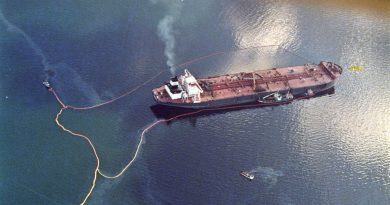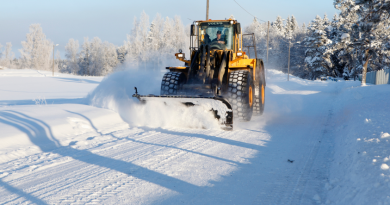Long-term changes to wind and sea ice influencing Antarctic waters

Wind and sea-ice changes in Antarctica are having a profound influence on south pole waters, something that could have implications for other regions of the globe, a new study says.
“These results show just how sensitive this region is, specifically the Antarctic abyssal overturning circulation which is a key regulator of global climate, is to the climate changes happening both remotely and locally,” Shenjie Zhou, a British Antarctic Survey (BAS) oceanographer and lead author of the study, said in a statement on the BAS website.
“It highlights the complex interplay between atmosphere and sea ice which needs to be properly represented in climate models in order for us to confidently predict how it may respond in the future.”
The study, published in the journal Nature Climate Change, used satellite data and maritime observations to determine that water volume at the bottom of the Weddell Sea had declined over the last 30 years.
Ocean saltiness and temperature measurements were regularly taken from the seabed to the surface over that duration.
“We try to investigate these sections every one or two years” Povl Abrahamsen, a BAS oceanographer and study co-author, said.
“Annual or biennial measurements are needed to disentangle short-term changes from the long-term warming trends, and therefore better understand the causes of both. Some of these sections were first visited as far back as 1989, making them some of the most comprehensively sampled regions in the Weddell Sea.”
Bottom water as indicator
The a news release about the study, the BAS describes Antarctic bottom water as “the coldest, densest water mass on the planet,” and as something that has significant influence in dictating the ocean’s capacity to store heat and trap carbon.
The research found that the deep waters’ volume diminished by over 20 per cent and that the remaining deep waters below 2000 meters experienced a warming rate four times greater than the rest of the Earth’s oceans.
The study found that sea-ice formation changes were responsible for the shrinking bottom waters.
One aspect is attributed to changes in large scale wind patterns between the Pacific and Southern Oceans that have weakened northerly winds along the Weddell Sea, which generate the intense freezing needed to create sea ice.

Closer to the continent, the production of sea ice has been slowed by reduced winds from the Filchner-Ronne ice shelf in the Southern Weddell Sea. There, the wind force is no longer strong enough to push sea ice away from the shelf and create gaps where more ice can form. It’s the creation of this new ice that leaves salt in the ocean. The lack of this salty water is contributing to reduced bottom waters.
The researchers say the findings are an important reminder that key changes can take place even over just 30 years.
“The shrinking of deep waters in Antarctica can have far reaching consequences, from reducing the ability of the ocean to absorb carbon associated with human activities to decreasing the oxygen supply to abyssal waters, affecting deep ecosystems,”co-author Alessandro Silvano, from the University of Southampton, said.
“We used to think that changes in the deep ocean could only occur over centuries. But these key observations from the Weddell Sea show that changes in the dark abyss can take place over just a few decades.”
Comments, tips or story ideas? Contact Eilís at eilis.quinn(at)cbc.ca
Related stories from around the circumpolar world:
Antarctica: Antarctic changes could become tipping points with global implications, says report, Eye on the Arctic
Canada: Arctic could be ice-free as early as 2030s says study, Eye on the Arctic
Greenland: Climate change accelerating ice loss from peripheral glaciers, Eye on the Arctic
Finland: Unusually warm April weather, sunshine records in northern Finland, Eye on the Arctic
Sweden: High risk of wildfires in many parts of Sweden, including North, Radio Sweden
United States: Bering Sea ice at lowest extent in at least 5,500 years, study says, Alaska Public Media



